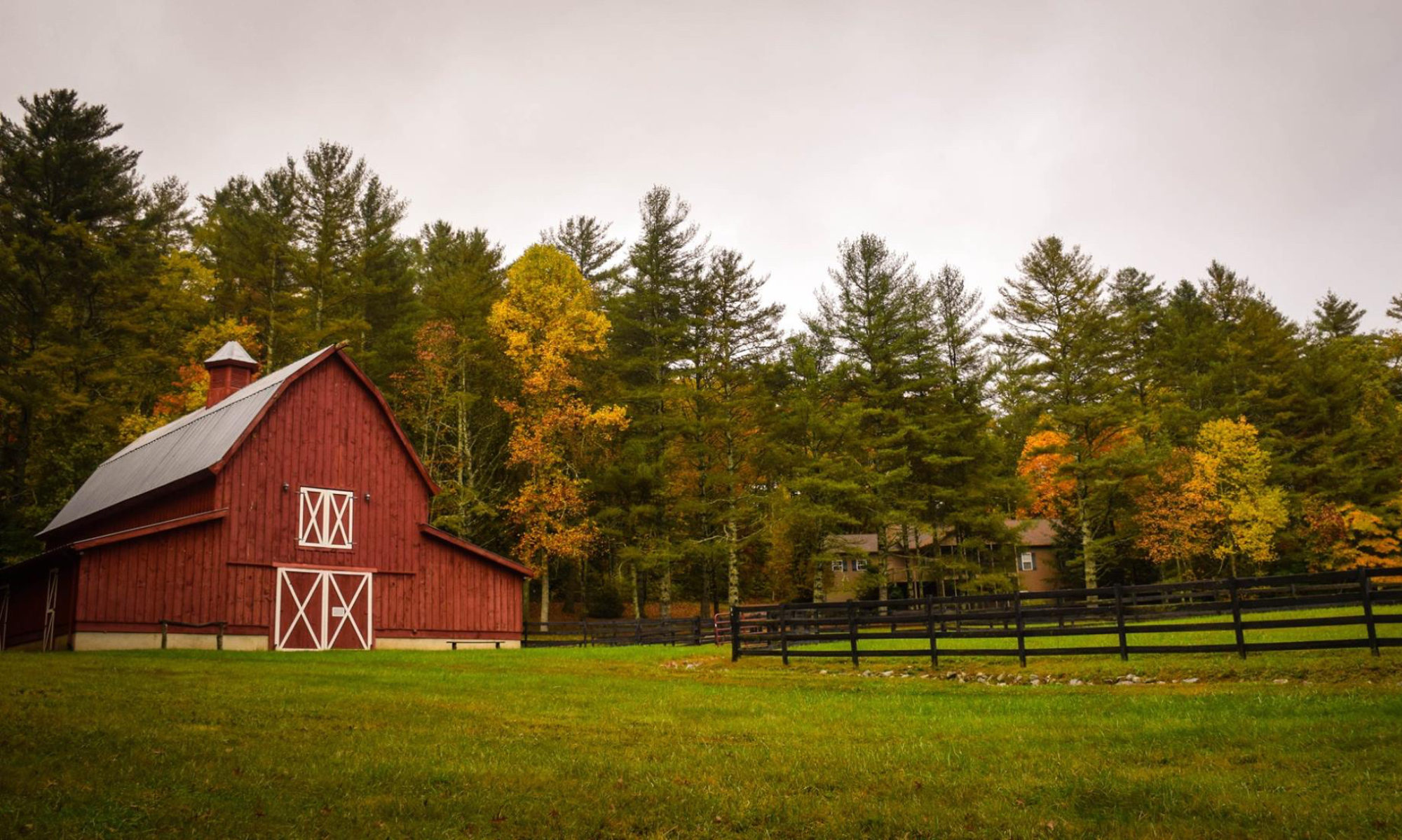Once a week the Center for Rural Strategies compiles an email of rural related news stories for the 80/55 Coalition email list. This week’s email is coppied below, and you can sign up to recieve the updates yourself by following the directions in the posting.

Rural News Delivery – May 24, 2006
We’re pleased to offer you this compilation of articles that appeared in the national media this week on the subject of rural.
The information from these weekly updates is to be used for educational purposes only. Recipients may not repurpose the contents without permission from the source. Please note that links to newspapers may require registration. Thank you!
If you would like to receive the full copy of an article, please email your request to Shawn Poynter at memsvcs@ruralstrategies.org. Join the 80-55 Coalition at http://www.8055.org/indiv_join.asp
Courier-Journal (Louisville, KY), May 20, 2006
5 dead in E. Ky. coal mine explosion
by Mark Pitsch and James R. Carroll
Five miners were killed early Saturday when an explosion about 5,000 feet underground ripped through an Eastern Kentucky coal mine. One miner was rescued. The explosion at the Darby Mine No. 1 in Harlan County occurred near an area that was sealed to prevent the escape of combustible methane, which escapes when coal is mined. The accident was the deadliest in a Kentucky mine since 10 miners were killed in a 1989 explosion at a mine near Wheatcroft. That tragedy led to tougher federal rules governing the ventilation of coal mines. According to MSHA, the mine where Saturday’s explosion occurred, owned by Kentucky Darby LLC, has had 265 citations and orders and $27,651 in penalties since April 2001. Read the story.
Lowell Sun (Lowell, MA), May 23, 2006
Little guy vs. the ‘Big Box’
by Matt Murphy
The imagined new Billerica Mall, with Home Depot as the main attraction, has drawn the ire of scores of Billerica, Massachusetts, residents. But as the neighborhood opposition group Billerica First prepares to mount a challenge against the home-improvement mega-retailer, leaders are hardly swimming in unexplored waters. From the coast of Maine to the desert in Arizona, citizen activists have risen up to keep out so-called “big box” retail chains. “I think these big corporations are trashing small-town America,” said Al Norman, who runs the website www.sprawl-busters.com. “They’re destroying the feel and character of many of these communities.” Read the story.
New York Times (New York, NY), May 21, 2006
For many West Virginians, leaving is first step home
by Ian Urbina
For West Virginians, the tension between the economic push to leave and the emotional pull to return plays a central role in the state’s cultural identity. Ranked behind South Dakota as having the second smallest population growth of any state, West Virginia has struggled to hold on to residents since the early 1950’s, when layoffs in the coal industry sent people elsewhere looking for work. “They say that brown-haired people cross the border going one way and white-haired people cross it the other,” said Bob Henry Baber, the mayor of Richwood, WV. “But the truth is that most West Virginians of all ages come back continually because they don’t feel right anywhere else.” Read the story.
Concord Monitor (Concord, NH), May 21, 2006
Rural areas facing EMT shortage
by Jenny Michael
Busy lifestyles, an exodus of young people from small towns, and burnout are problems that threaten the existence of rural volunteer ambulance squads. In the past year, three ambulance services have shuttered in North Dakota, a state where about 90 percent of EMTs are volunteers. About one-third of the state’s 141 ambulance services are at risk of the same fate. EMTs and officials worry the shortage could hurt the quality of health care, forcing people to wait longer before an ambulance arrives. Read the story.
Chillicothe News (Chillicothe, MO), May 18, 2006
Small-town symphony thrives in Missouri musical Mecca
by Alan Scher Zagier
They come from Chillicothe, Carrollton, Trenton and other central Missouri towns better known for their hog farms and meat packing plants than as a fertile spawning ground for musical virtuosos. Doctors, lawyers, teachers, housewives, retirees or third-shift workers, they share a singular bond: a commitment to orchestral and symphonic performance that has made Marshall, with just over 12,000 residents, a classical musical Mecca. Read the story.
This email was sent by:
Center for Rural Strategies
46 East Main Street
Whitesburg, Kentucky 41858
United States


